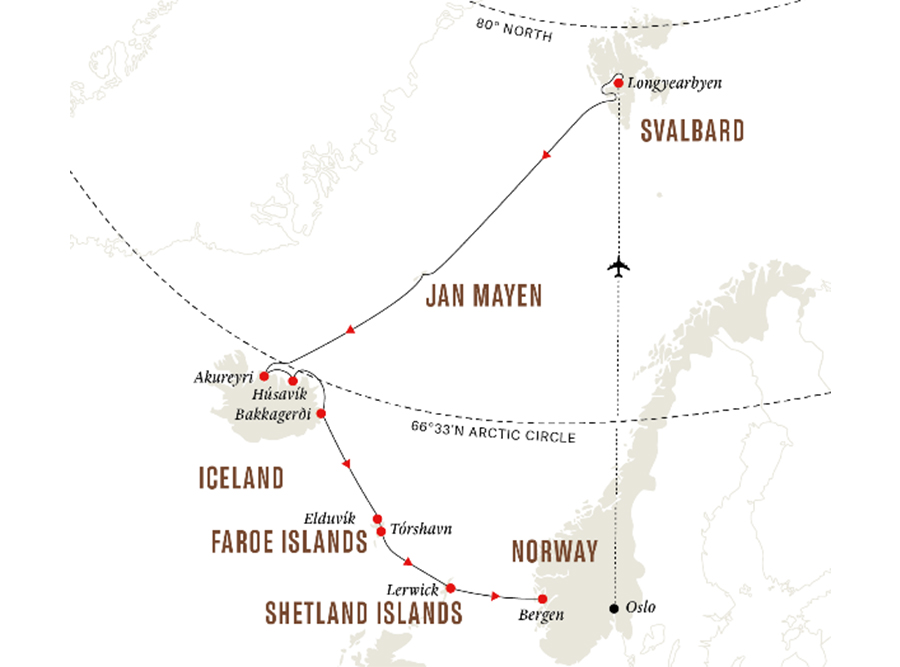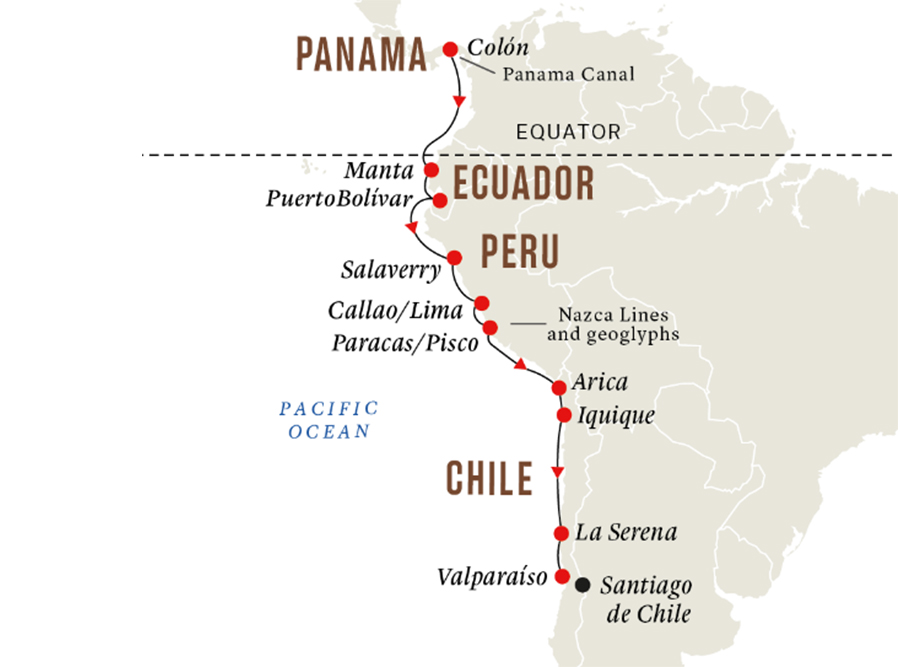Our Client's Words

“TRAVEL IS THE ONLY THING YOU BUY THAT MAKES YOU RICHER” As the above quotes suggest we experienced a much grandeur tour by buying our tickets to Singapore & Malaysia.We have gone with Search route vacations, a lesser known company but with much bigger depth and experience in tour organizing. It was really tough for them to organize so many attractions in such a little time. But they made it look so simple. Yes it was hectic but more than that enjoyable.We could not have experienced all of this without you - just felt I needed to say thanks for the information and recommendations to go to South East Asia (Singapore & Malaysia), whale watching in sea aquarium - were lucky - saw whales and had an amazing time, good hotel accomadation, restaurant recommendations – Royal Indian Restaurant - Mustafa amazing!! Really folks everyone should go there - somewhere - loved that place! We loved our way to Sentosa - Merlion and Wings of Time - with day trips to City Guide - best excursions for sure - thanks again everyone at Search route vacations - really I would have never come up with these ideas without you all. But most importantly I want to thank Anupriya Dey (sales executive), who made these all possible for us.

Pavel Ghosh
Croatia is one of the must see place in Europe because of its beauty .Among the must see places before' you die is plitvic lake . Nature is untouched in plitvic and thus retains 100percent of its purity .[11/4, 9:43 PM] Subhra Da: The trip was well organised and efficiently managed. Hotels were very good. The hotel in cavet, Dubrovnik needs special mention.Tour leader was very informative.Tours are relaxing and very enjoyable. Any type of requirement was fulfilled immediately. A highly recommend trip for travel lover
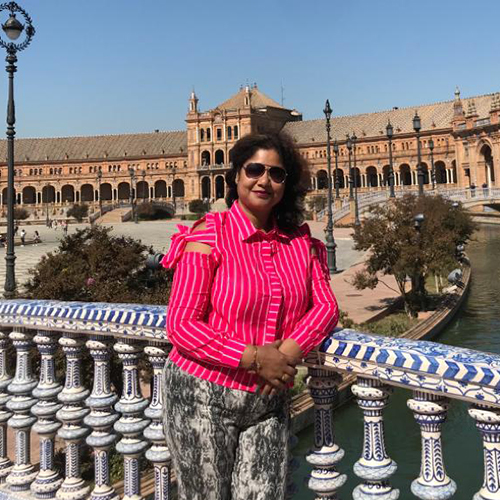
Indrajit Chattopadhyay
Just finished our mind-blowing tour of Spain and Portugal this puja vacation...it was amazing ,planned and organized to utmost perfection by search route vacations ...our very own travel partner . We had done quite a few other tours with srv ...Bali, Scandinavia,Iceland etc and each one satisfied us more than the previous....niladri and all the other members have now become our extended family ....may search route shine like the diamonds they are so that we can travel the globe in such hassle free homely way
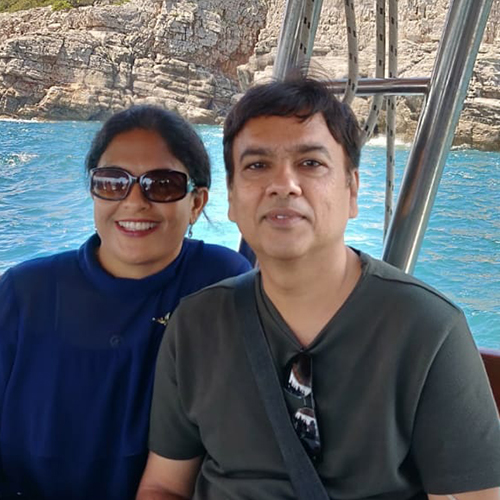
Sharmin Rahaman
Durga Puja 2019 we travelled to South Africa with Search Route Vacation. It was a wonderful experience. While we were planning our holiday we were not too sure about the destination and these guys helped us in choosing RSA. Our itinerary was well planned. Neither it was hectic nor boring. It was absolutely balanced which was very apt for us as we were travelling with our parents and our three year old daughter. The hotels were very luxurious and had Indian restaurant nearby except in Knysna which helped us to arrange food for our parents and child. The cars accompanied us through out the trip. Overall really satisfied with their work. Looking forward to many more trips with them.
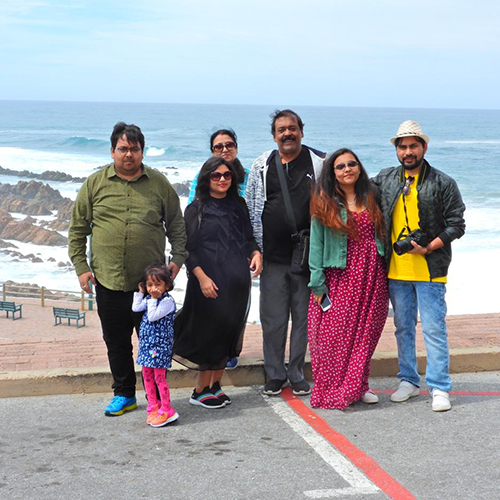
Saikat Hari
Hey me and my family went to Bali last year with search route and it was an amazing experience we literally. enjoyed each and every thing about Bali starting from our hotel to each and every thing which was planned for us . One day we had a problem of the dinner timing the time which was set for our dinner was too early so called the agency and told them to shift that time so within 15 min they literally rescheduled our dinner time and that just made us more comfortable and sure y we will choose search route from next time .














